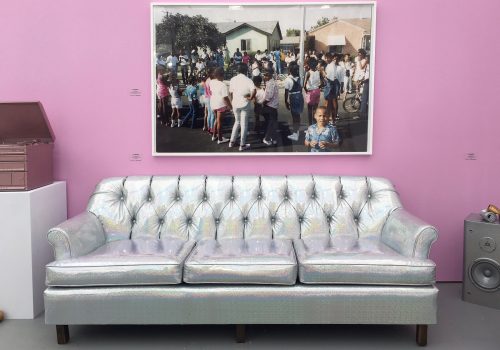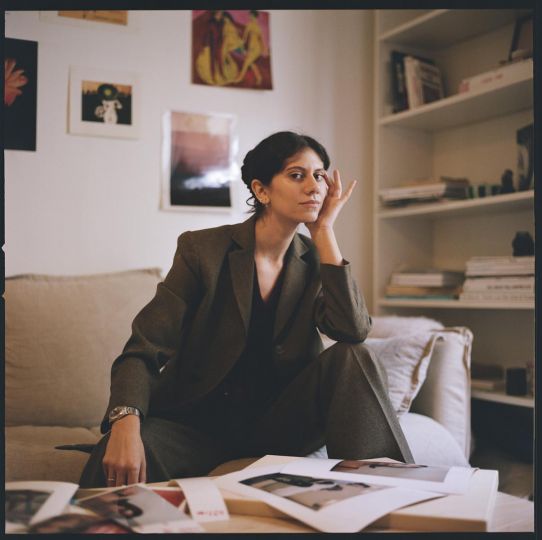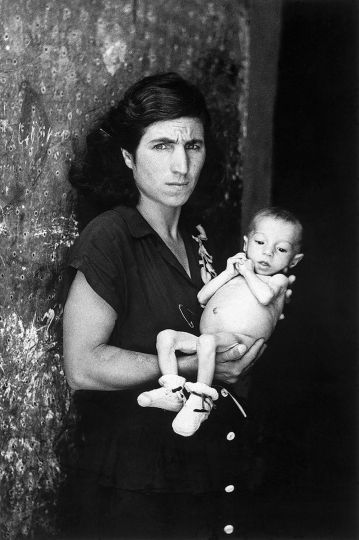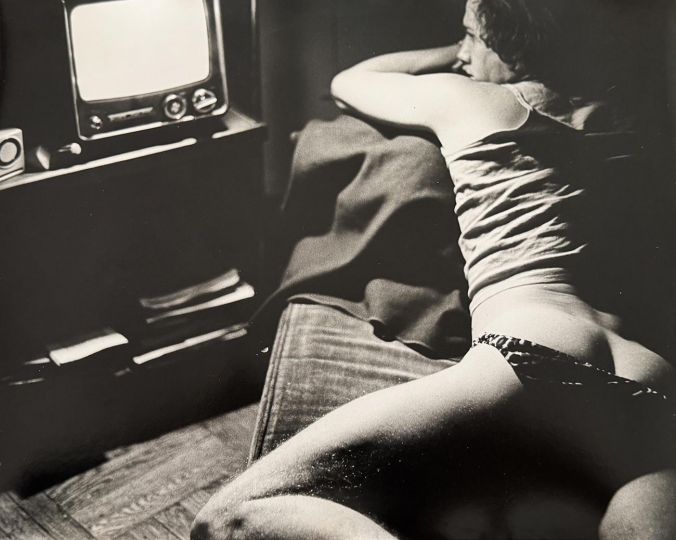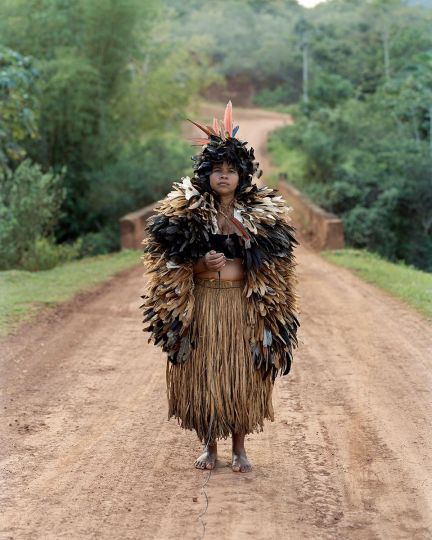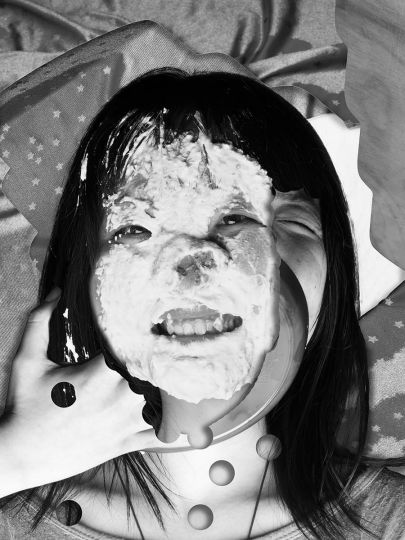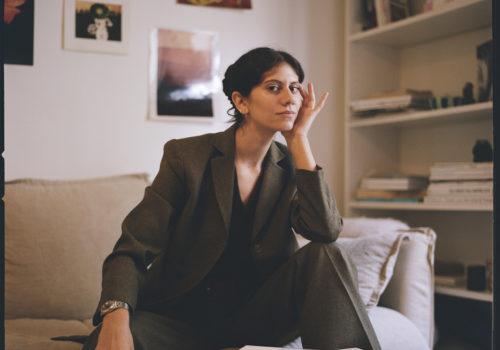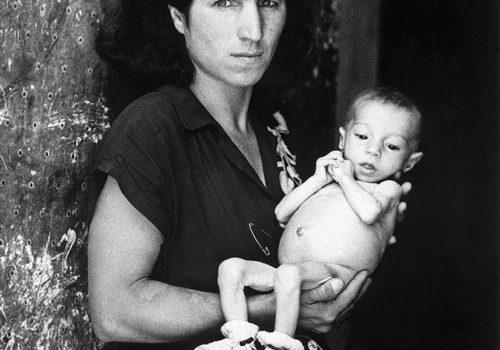Friday, December 7th
Today was all about Untitled, Art Miami and Context. Walking over to Untitled, the cool weather kept the swimmers at bay creating an unusual sense of calm for this time of day. But that soon changed when I walked into a room with a fuchsia wall, glittered sofa, and silver speakers. Sadie Barnett’s work hung at Fort Gansevoort Gallery where Director, Lucy Beni spoke a bit about Sadie’s work.
Lucy:Sadie is pulling a lot from her family history in Oakland and Compton in California. She is taking street photos in both of those places and also pulling from her family archive. She makes them unique by adding the bedazzlements, the Swarovski crystals. This piece is of the artist’s hand holding a Malcolm X Speaks book. Her father, Rodney Barnett, was one of the founding members of the Black Panther Party’s Compton chapter. Her uncle worked closely with Malcom as well. So, this photo talks about that family history and seeing herself as the next generation of that history. Image 59, 60
I was drawn to another wall of color from Penelope Umbrico’s 39,019,893 Suns from Sunsets from Flickr (Partial) at David Smith Gallery. I remember first seeing this piece at PAMM (Perez Art Museum) and was happy to see it again at the fair. David spoke more about the piece.
David:The title of Penelope’s work says 39 million, 19 thousand, etc. This is a unique, ongoing work where she pulls the details of various sunsets posted on Flickr. On the day she does that, she indicates the total number of sunsets posted. And it’s always changing. The idea behind it is that the sun is something that we all see every day. So many people capture these sunsets. They think of their sunset as something special, and they post it on online platforms to share. And they feel this level of authorship of this photo of a sunset when in reality, millions of people are taking the exact same photo. The title hints to that absurdity and also to collective mentality. This piece itself is unique with her cropping into the sunsets and creating this beautiful presentation. Image 61
Not too far away from Penelope’s work was Polly Penrose’s work represented by Benrubi Gallery. Polly uses her body to interact with everyday objects like balloons, yoga mats and paper where she investigates emotions, body and identity. Image 62, 63
My Untitled experience ended with Rirkrit Tiravanija’s & Tomas’ The Revolution Will Come in Every Direction, 2018, a performative work that involved silk screening on t-shirts. They integrate text and portraits onto t-shirts using modified ceramic clay from locations sensitive to history like Hiroshima, and Nagasaki, Japan, Santurce, Puerto Rico, and Juarez, Mexico. There is a temporality to these printed shirts because if washed, much of the ink washes away. I bought one with Basquiat’s portrait and chose the phrase “Things that quickens the heart”. Image 64, 65
From Untitled, I headed over to Context and saw a wall of jazz icons captured by Roberto Polillo. In the 1960’s he amassed a huge collection of jazz performers having photographed over 100 jazz concerts. Impressive. Image 66, 67
But it was at Art Miami where I learned about two younger photographers creating work based off of their relationships with place and people. Maria Svarbova is from Slovakia. Her work at Contessa Gallery used historical Soviet-era swimming pools as her backdrops. These pools were once known to be gathering places for villages and towns where the community came together and exchanged ideas and news. By integrating young, vibrant swimmers into these cold, sterile environments and by also integrating color and reflectivity, she has brought a bit of history into the contemporary. Image 68, 69, 70
Also, captivating was Lissa Rivera’s work at Clark Gallery. There were these striking portraits of her muse and romantic partner, BJ in her Beautiful Boyseries. I could feel references to the depictions of religious figures and to movie scenes. But I wanted to know Lissa’s personal take on her work. She spoke further about it.
Lissa:All the photographs are of my romantic partner, BJ. I’m looking at the history of photography and how looking at photographs affects identity. If you look at photographs throughout the day or specific photographs that you see at different points of your life, how does that affect who you are? Because my partner is gender fluid and very comfortable with being my muse and collaborator, it allows me this freedom to explore gender and identity like a closed spectrum and to have the opportunity as a female photographer to have a muse. Because BJ isn’t a traditional muse, it also brings to light the importance of women who have had that role in art history and the real work and creativity it takes to be a muse.
CYJO:Was there anything you discovered in the process of conceptualizing this collaborative work?
Lissa:There have been endless discoveries. What was really interesting was that when I style BJ, I have all these techniques that I’ve learned growing up as a woman. So, when I’m doing his hair, make-up or clothing, I’m taking a portrait of BJ based off of my own life experience. So, the photographs become almost a separate person that is the two of us combined. I’ve also become more comfortable with my own body and have gotten rid of some of my own internalized hang ups as a woman. Image 71, 72, 73, 74
CYJO
Instagram: @cyjostudio

